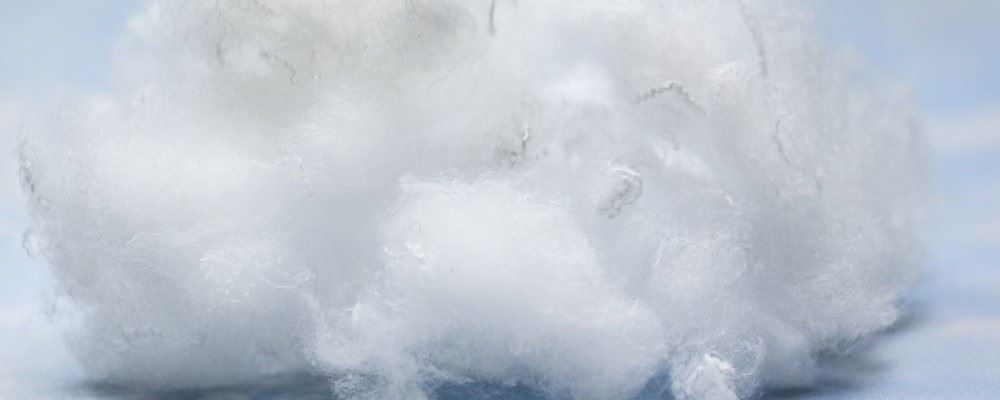
Released On 7th Jul 2022
Cushion Filling Types: What’s Best?
Exploring the pros and cons of feather, down and microfibre cushion fillings, considering plumpness, shape retention, allergy considerations and longevity.
With so much painstaking effort having gone into selecting the perfect cushion cover, it’s no wonder many customers baulk when faced with another complex decision - the type of cushion filling itself.
Humble as the cushion inner may seem, we believe it deserves more than a half-hearted afterthought in the cushion-making process. There are many different types of cushion filling, all with their own unique features, so what may suit one person may not suit another.
Let’s explore the features of feather, down and microfibre cushion fillings, looking their plumpness, shape retention, the support they provide, allergy considerations and longevity.

Down cushion fillings
Down comes from the undercoat of geese and ducks. It’s incredibly lightweight and soft, with superb loft (a measure of “fluffiness” essentially). Down will mould easily to the shape you want, giving support just where you need it, although it will need plumping up regularly.
Down is also durable, and with the right care will last for several years. It’s breathable and good at regulating temperature, so it’s ideal for warm sleepers, and it’s biodegradable and recyclable, too - good for the environment!
For all its benefits, down is not especially hypoallergenic, so it might not be your preferred choice if you suffer from dust or mite-related allergies. And some people find it just a little too soft for their taste - if you prefer much firmer support, look at an alternative to down.
The luxurious option
A pure down cushion filling is certainly the most luxurious of all the available options, and that is recognised in the slightly higher price tag. It’s the perfect complement to those more expensive, delicate fabrics We think it’s worth every penny though, and from the reaction of our customers when they receive their orders, so do they!

Duck feather fillings
Duck feather is a very popular alternative to down. It stills give you a durable, soft and malleable cushion with good loft and plenty of support, if a little heavier than down.
At Fine Quality Cushions, we only use small, whole duck feathers all of which are produced ethically as a by product of the meat industry . This minimises sharp, scratchy quills poking through the fabric, and their natural curl gives the cushion natural bounce and recovery.
Even the best quality feather cushions occasionally lose the odd feather through the fabric. This will probably be more noticeable in cushions that use larger feathers, though, so aim to buy from high quality cushion manufacturers like us, where the smaller feathers reduce the loss and keep your cushion plump for longer .
As with down, duck feather fillings are completely recyclable and biodegradable, but they may not be suitable for some allergy sufferers.
Feather and down mix
A mixture of feather and down provides the best of both worlds: a high-quality cushion with a luxurious feel, breathable, durable, comfortable and supportive, but without too much extra weight. Evenly distributed throughout your cushion or pillow, a feather and down mix fills the space to give you a softer, plumper cushion than feather alone can offer.

Microfibre cushion inners
Synthetic cushion fillings such as microfibre are a popular choice if you’re looking for a hypoallergenic option, as they minimise dust-mites. Microfibre mimics the lightweight, soft and plump properties of down, and it bounces back well after use.
Another benefit of microfibre cushions pads is that they’re easier to clean than feather or down. They can often be put in the washing machine on a 30 or 40 degree washing cycle (follow the manufacturer’s instructions and dry naturally - not in a tumble dryer!).
As with any cushion filling, microfibre has a finite life-span. Eventually, it will break down naturally, often forming into smaller clumps. When the cushion inner isn't as smooth and plump as it used to be, this could be the right time to replace it.
What cushion filling is best for you?
In our experience, there’s no right, wrong or “best” cushion filling - it’s different for everyone. Take into consideration your own preferences, such as:
- how soft or firm you want your cushion to be
- the impact you want to achieve in your home’s decorative scheme
- environmental or health issues
- your budget.
For friendly, expert advice on your cushion filling choices, please get in touch.

